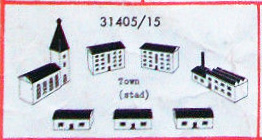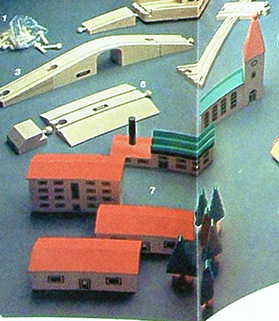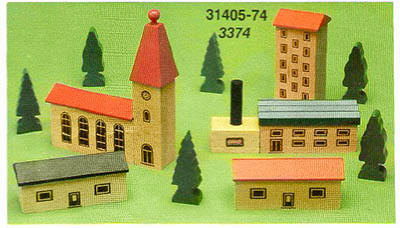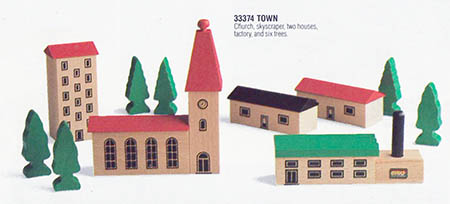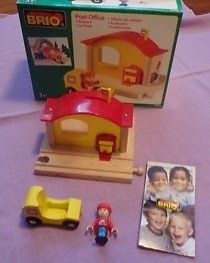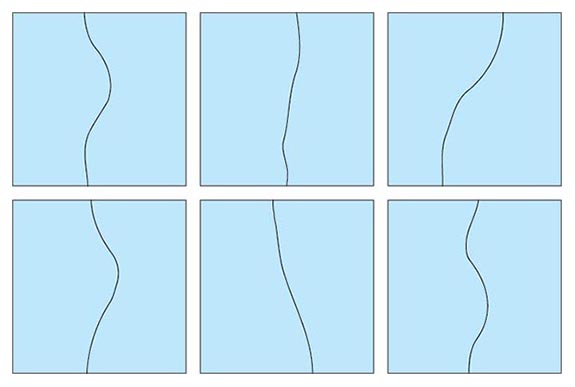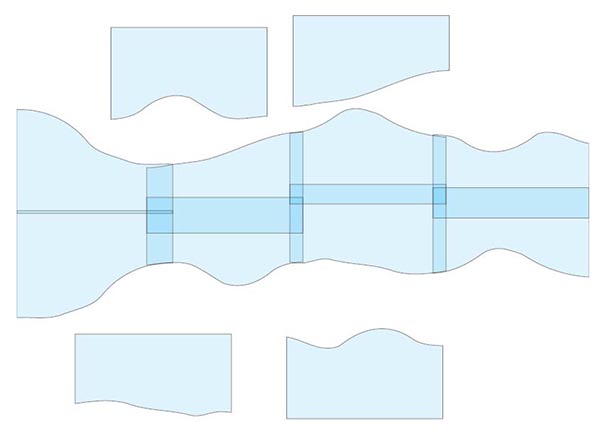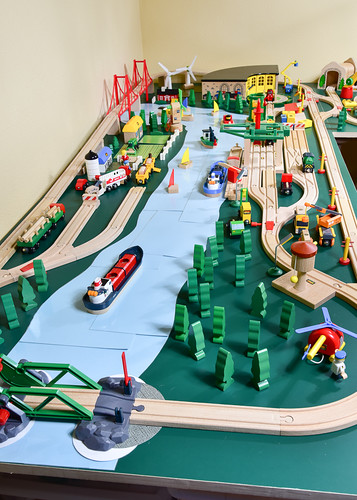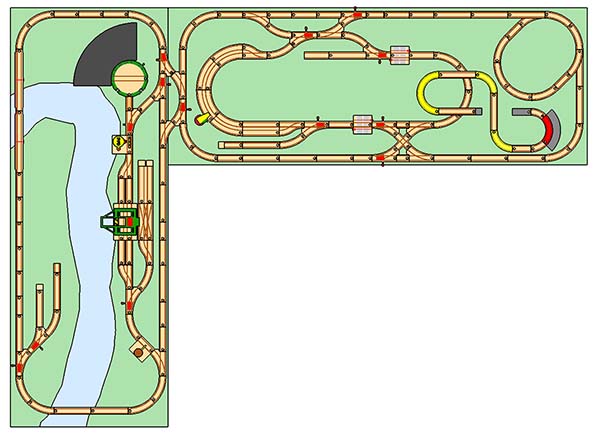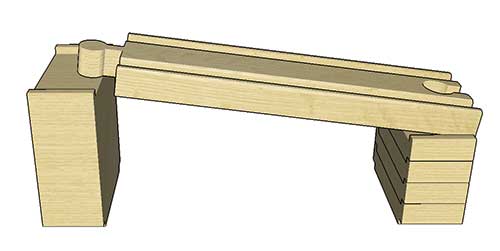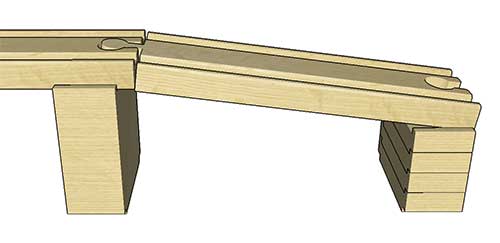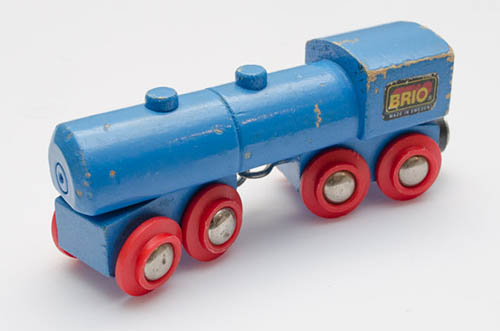In general plastic is pretty durable, but some BRIO accessories have large plastic parts that are easily damaged. Good examples of this are the BRIO #33382 Windmill and the Thomas the Tank Engine and Friends #32481 Windmill: their large, plastic sails are quite delicate and easily bent, not just with handling but also in storage because of their awkward shape and lack of support. When plastic bends or is stressed severely enough it lightens in color, creating unsightly lines where the damage occurred.
These stress lines can be partially, or even entirely, removed from the surface of the plastic using heat, and the following video shows the technique employed on a #33382 Windmill. Here’s the before image:
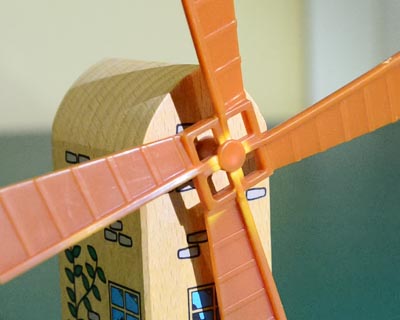
And the after:
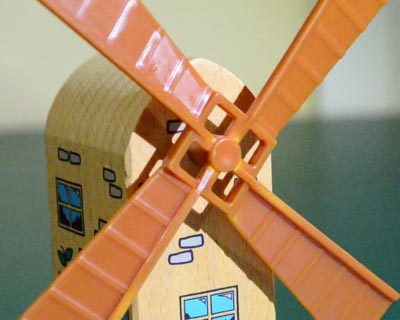
If you don’t want to watch the whole three-and-a-half minute video and just want to see the proof that it works, the changes start happening around around 1:45.
Here’s the basic approach. To do this you will need a small heat gun such as the kind used for embossing in crafting projects. A hair drier shoould work as well, but they don’t get as hot so it will take longer. Hold your heat gun a few inches from the plastic and turn it on. Heat the plastic surface gently, watching the surface carefully. You want the plastic to get warm enough that the surface becomes shiny and the plastic softens but does not melt. The stress lines should start disappearing before your eyes.
Be very careful not to melt the plastic. You may need to back off and let the part cool down for a while and then return to it if the damaged area is very large or the stress lines are particularly deep.
Also be careful not to deform your piece. Getting it warm enough to remove these lines also makes it soft enough to bend and warp. Handle your part with care until it cools down.
